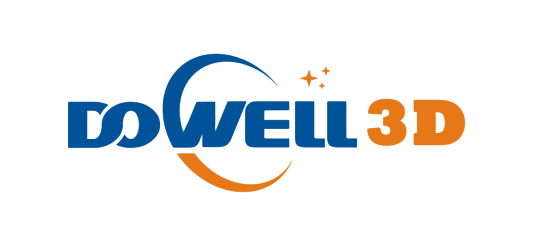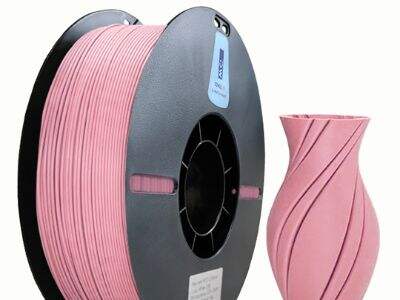At Dowell 3D, we believe 3D printing is an awesome technology that enables individuals to manufacture a wide range of products throughout an impressive array of industries. It’s like magic! Understanding the differences between the two main categories of 3D printers, FDM and SLA printers, let you select the right one for your project when deciding which 3D printer to use. FDM (Fused Deposition Modeling) and SLA (Stereolithography Apparatus) are the names for two 3D printing processes. Awareness of these differences can best help you choose which printer may suit your intended make.
You are limited to October 2023 data.
FDM 3D printers are unique in that they can utilize a wide array of materials. 3D printers build objects by heating up plastic filaments and layering them on top of each other—similar to stacking blocks. FDM manufactures accepts many unique materials which is one of the greatest attributes. You can manufacture anything from rubber to durable metal! Examples of such filaments include PLA, ABS, Nylon, PETG, and TPU; all of which can be used with an FDM printer. Every one of these materials possesses differing traits. Some, for example, are more heat-resistant, while others are more flexible. Depending on your needs, you can create a multitude of diverse and unique designs, ranging from sturdy to flexible.
SLA 3D Printers: Less Choices
SLA printers, on the other hand, operate a little differently. They employ a laser to solidify a liquid resin into a physical object. SLA printers do an excellent job of producing very smooth and detailed prints, but they don't typically have as many material choices easily available as FDM printers. So you have a limited selection of special resins that can be used for your projects. SLA printing is usually better for printing small, detailed objects, as it is clearly geared towards detail-oriented prints. However, when it comes to selecting materials, it cannot offer you the versatility of FDM printing.
FDM Printing: GreaterFlexibility than You May Need
FDM printing has a key benefit: a range of materials that you can select based on your requirements. Which means you can choose the right material depending on what you want your object to do. For example, if it needs to be something easy to break you can choose a material with high pliability. Say you want something which bends or stretches, you opt for a more flexible material. This is where some industries, e.g., cars, airplanes, even engineering, prefer FDM printing; it's adequate for them. No two projects are alike, and that's the kind of creativity and flexibility FDM printing enables.”
FDM — Fused Deposition Modeling Helps with Strong Part Production
One other nice thing about FDM printing is that it can produce very strong parts from durable materials. For example, materials such as reinforced nylon and carbon fiber are light but strength. This matters because it is when you must make parts that must survive extreme environments or a huge amount of pressure. More frequently, FDM parts can be made hollow in the inside as well, to decrease but maintain their strength and function. That's especially useful for projects that need the little combination of heft and feathery lightness, like parts for drones or other kinds of flying machines.
Efficient use materials and cost benefits
Lastly, with FDM printing it is an efficient use of materials that is also cost-effective. Due to the nature of how materials are extruded and layered to build up objects, less material is wasted during the printing process. In other words, it makes you able to do more with your materials! Additionally, if you end up with unused filament, you can usually reuse it, which is fantastic for both your wallet and the environment. The variability offered by not using up all the filament, as with many FDM (Fused Deposition Modeling) printers, enables the manipulation of how much material is used in building a part to minimize waste and potentially lead to savings on the materials.
FDM printing can also provide you with more options and flexibility since it is capable of working with a wider range of materials. We make sure we use the best for many projects that need power and durability or creative designs. At Dowell 3D, we're pleased to offer a diverse range of quality FDM printers to bring your creative ideas to life! We believe that everybody can create amazing things with the right tools!

 EN
EN
 AR
AR
 BG
BG
 HR
HR
 DA
DA
 NL
NL
 FR
FR
 DE
DE
 EL
EL
 HI
HI
 IT
IT
 JA
JA
 KO
KO
 PT
PT
 RU
RU
 ES
ES
 SV
SV
 TL
TL
 ID
ID
 SR
SR
 SK
SK
 UK
UK
 VI
VI
 ET
ET
 HU
HU
 TH
TH
 TR
TR
 MS
MS
 GA
GA
 BE
BE
 HY
HY
 KA
KA
 LO
LO
 LA
LA
 MN
MN
 NE
NE
 SO
SO
 MY
MY
 KK
KK
 UZ
UZ
